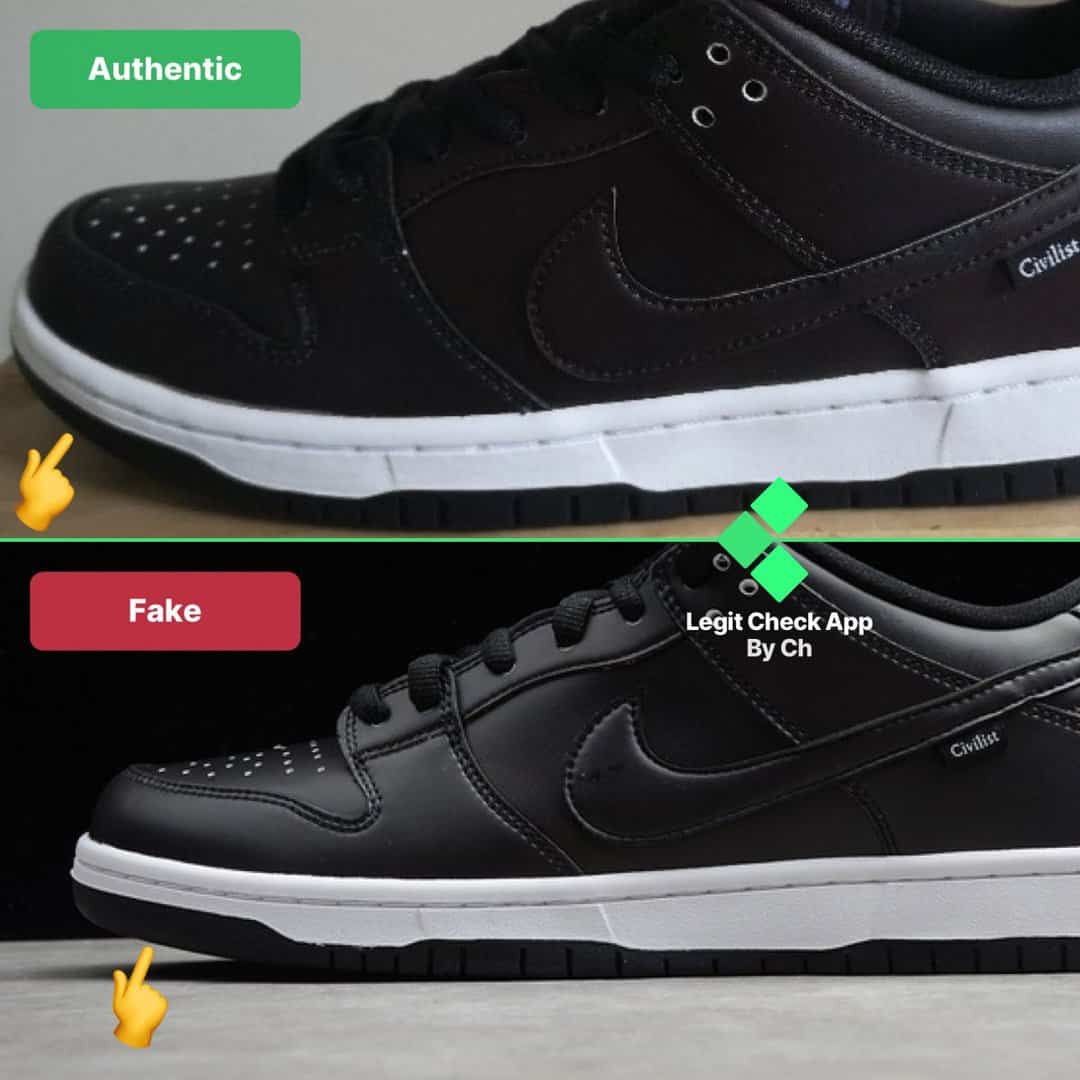

For more about how color works in TVs, check out Ultra HD 4K TV color, part I: Red, green, blue and beyond and part II: The (near) future. Others, such as Sony, Vizio and LG, use different LED backlight technologies. Some do it by using quantum dots, or " QLED" as Samsung calls it this year. To produce the wider color range in WCG content, a TV needs some way to create those wider colors. For more about local dimming, check out LED LCD local dimming explained. Full-array almost always performs better than edge-lit, but there are exceptions such as Sony's superb edge-lit XBR-X930D, one of the best HDR TVs we tested last year. There are two basic types of local dimming: edge-lit, where the LEDs are arranged along the edges of the TV screen, and full-array, where they're behind the screen.

Local dimming allows a TV to make certain areas of the screen brighter than other parts, crucial for accentuating the bright highlights in HDR content. To produce the fine highlights that makes HDR images pop, physical display technologies like local dimming or OLED (more on the latter in a moment) really help.

What is OLED and what can it do for your TV?.
105.7 REAL OR FAKE 4K SOFTWARE
And you can't make a TV brighter or more colorful with just a software change, at least not in the precise way we're talking. The technologies that allow a TV to produce images with higher contrast (brighter whites and darker blacks) and wider color involve more than pixel count.
105.7 REAL OR FAKE 4K FULL
All TVs with 4K resolution, no matter how cheap, can typically show the full detail of 4K sources because they all have the same number of physical pixels. That's another key difference between HDR and 4K. The two aspects of HDR and WCG, namely brighter highlights and wider colors, aren't something just any TV can do. It will potentially look more realistic, with deeper and richer colors, and more visual "punch."īut, that's if the TV has the technology to show HDR as it's meant to be shown. The short version? An HDR TV, showing HDR content, can show brighter highlights and usually, a wider range of colors than a "normal" TV showing normal content. It's technically separate from 4K resolution, but almost all HDR TVs happen to be 4K TVs too. It's important to note that the HDR in TVs is very different from the HDR in your phone or camera. Related to HDR is WCG, or wide color gamut, which is also worth learning about. If you've heard of the term and want a explanation of what it's all about - and why it's cool - check out How HDR works. Just because a TV claims to be HDR-compatible, however, doesn't mean you'll be able to see high dynamic range content as it's meant to be seen. For several years HDR has only been available in expensive high-end TVs, but now it's making its way to midrange and even budget models. With the amount of high dynamic range video you can watch growing by the day, and more and more people recognizing the "HDR" abbreviation as something new (and potentially cool), TV manufacturers are jumping at the chance to show they're on top of this latest trend.


 0 kommentar(er)
0 kommentar(er)
